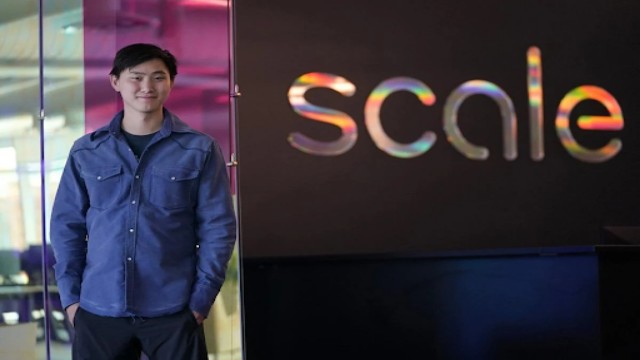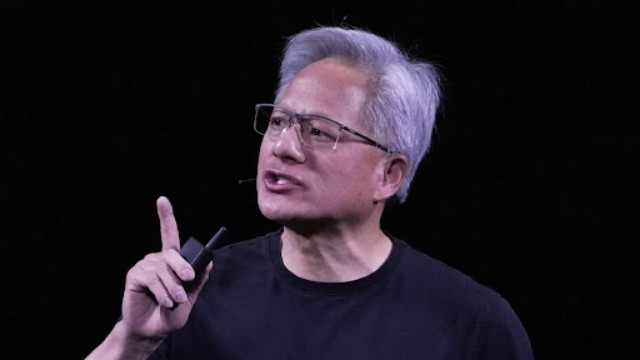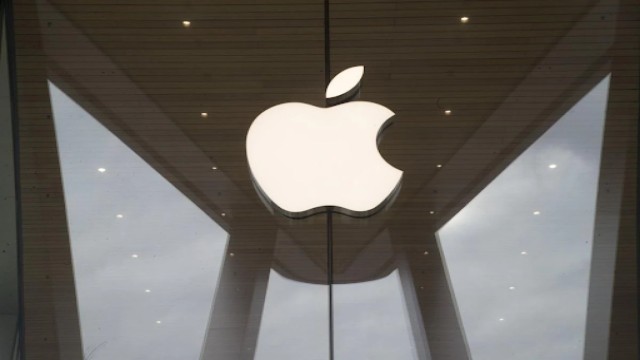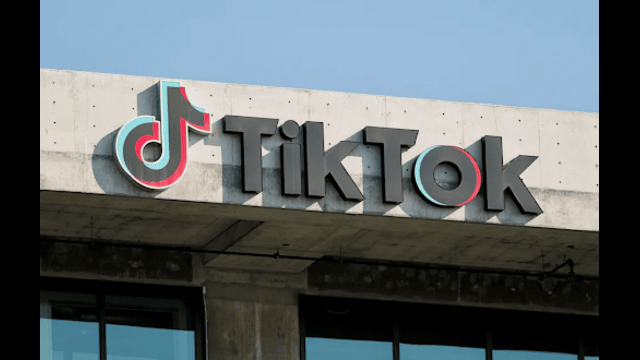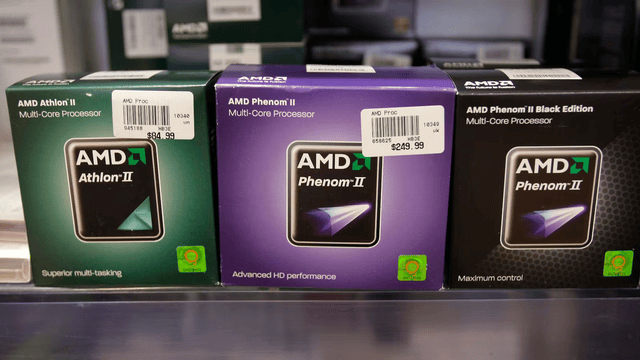
AMD computer chips are seen on display at the Micro Center store in Santa Clara, California (AP Photo/Paul Sakuma)
Advanced Micro Devices (AMD) is teaming up with several emerging AI startups to strengthen both its chip-making capabilities and its software tools. As the tech industry rushes to develop alternatives to Nvidia’s powerful hardware, AMD is taking bold steps to carve its own path.
With the rise of artificial intelligence, companies are demanding faster and more flexible chips. Nvidia currently dominates this space, but AMD is setting its sights on becoming a serious contender. To get there, it’s not just building better chips — it’s also investing heavily in smart software. This two-pronged approach aims to make AMD a go-to choice for AI developers.
As part of this push, AMD has bought companies like server manufacturer ZT Systems and a handful of smaller software firms. These deals are helping AMD bring in the talent and tools needed to improve its AI chip ecosystem, especially a platform called ROCm, which allows AI programs to run more efficiently.
According to Vamsi Boppana, AMD’s senior vice president of AI, the company is taking a long-term approach. “This will be a very thoughtful, deliberate, multi-generational journey for us,” he said.
One of AMD’s key collaborators in this journey is Cohere, a Canadian startup that creates AI models for big businesses. Unlike OpenAI, which builds general-purpose AI, Cohere focuses on custom tools for enterprises. CEO Aidan Gomez noted that AMD’s software has come a long way. What used to take weeks to adapt now only takes a few days. While he didn’t reveal how much of their software currently runs on AMD hardware, Gomez confirmed it plays a major role in their operations.
OpenAI's Role Behind the Scenes
AMD’s partnership with OpenAI has also had a big impact. The tech behind ChatGPT has directly shaped AMD’s upcoming MI450 chip series. Forrest Norrod, executive vice president at AMD, revealed that OpenAI provided essential input on how the new chips should handle memory and scale across thousands of units — a must-have for running advanced AI systems.
These chips will power AMD’s “Helios” server platform, expected to launch next year. Like Nvidia, AMD is now building full servers rather than just individual chips, a reflection of how modern AI work demands massive computing power spread across networks of chips.
OpenAI’s feedback even guided the types of mathematical functions the chips should be optimized for. According to Norrod, this back-and-forth has been essential: “OpenAI has given us a lot of feedback that, I think, heavily informed our design.”
Sam Altman, CEO of OpenAI, also appeared at AMD’s recent event in San Jose, showing public support for the growing partnership.
As AI becomes more essential to every part of the tech world, AMD is positioning itself as a serious alternative to Nvidia. With help from forward-thinking startups and feedback from AI powerhouses like OpenAI, AMD is setting the stage for a future where competition fuels faster innovation.





